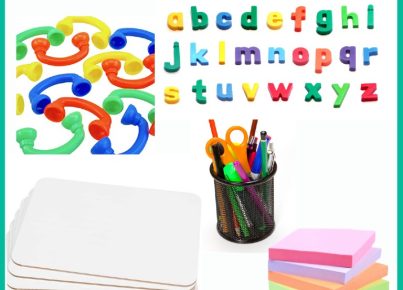Creating a reading corner in the classroom can significantly enhance students’ literacy skills. A well-designed reading nook not only invites students to dive into books but also provides a quiet space for them to explore new worlds, improve their reading abilities, and develop a lifelong love for literature. Here are some teacher-tested tips for setting up a classroom reading corner that can help improve student literacy:
1. Cozy and Inviting Atmosphere: Comfort is key when it comes to encouraging children to spend time reading. Add soft furnishings like bean bags, cushions, or a small couch to make the area welcoming.
2. Variety of Reading Materials: Stock the corner with a wide range of books that caters to different reading levels and interests. Include fiction, non-fiction, magazines, comics, and newspapers to give students plenty of choices.
3. Thematic Decorations: Use themes to make the corner more appealing. This could be linked to seasons, festivals, or popular book series. Rotate the themes to keep the interest alive.
4. Accessible Book Storage: Make sure books are easily accessible with front-facing bookshelves or baskets where the covers can be seen. This helps students make choices easily and also aids in keeping the area organized.
5. Quiet Zone: Establish that the reading corner is a quiet zone where students can read without being disturbed. This will help them focus and engage with their reading material more deeply.
6. Interactive Displays: Put up interactive displays like book recommendations, reading challenges, or literary quotes to inspire and motivate students.
7. Lighting: Ensure there is sufficient lighting so that children can read without straining their eyes. Natural light is great during the day, but also have lamps for cloudy days and dark afternoons.
8. Student Work Showcase: Encourage students by displaying their book-related projects or book reports near the reading corner.
9. Regular Updates: Regularly refresh the books and decorations in the reading corner to maintain student interest and engagement over time.
10. Reading Time Routine: Incorporate regular, scheduled times for students to use the reading corner, ensuring that every student has an opportunity to benefit from it.
By incorporating these teacher-tested tips into your classroom design, you can create a supportive environment that fosters literary growth and helps nurture a love of reading among your students.





